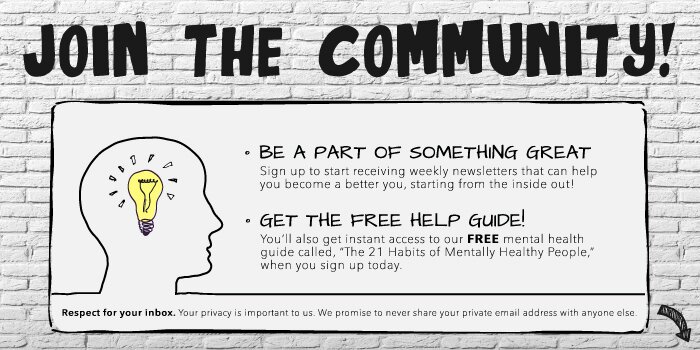You’re Probably Doing This Right Now and It’s Making You Anxious and Stressed Out
Something you do a lot – in fact, you are probably doing it right now as you read this – might increase your risk for anxiety.
We already know this particular activity is damaging to health. It can increase your risk of obesity, heart disease, cancer, type 2 diabetes, and osteoporosis.
In fact, engaging in this activity for more than six hours a day might be just as bad for you as smoking a pack of cigarettes every day.
What is this ominous-sounding activity?
Sitting.
Statistics show that on average, we spend 9.3 hours per day sitting (and only 7.7 hours sleeping).
A new study out of Deakin University’s Centre for Physical Activity and Nutrition Research in Australia examined how a sedentary lifestyle can effect your anxiety levels.
Dr. Megan Teychenne, who led the study, said:
“Anecdotally — we are seeing an increase in anxiety symptoms in our modern society, which seems to parallel the increase in sedentary behavior.
Thus, we were interested to see whether these two factors were in fact linked.
Also, since research has shown positive associations between sedentary behavior and depressive symptoms, this was another foundation for further investigating the link between sedentary behavior and anxiety symptoms.”
Overall, the studies suggested that greater sedentary behavior was linked to greater anxiety.
For their study, researchers analyzed the results of nine studies that examined the association between sedentary behavior and anxiety. In five of those studies, it was found that an increase in sedentary behavior was associated with a risk of anxiety. Four of the studies found that total sitting time was associated with increased risk of anxiety.
The studies varied in what they classified as sedentary behavior, from television viewing and computer use to total sitting time, which included sitting while watching television, playing video games, sitting while on traveling, and sitting on the job. Two of the studies included children and adolescents, while the remaining seven included adults. The evidence about screen time (TV and computer use) was less strong, but one study did find that 36% of high school students who sat in front of a screen for more than 2 hours were more like to experience anxiety compared to those who had less than 2 hours.
Researchers said that the findings do not prove that sitting in front of a TV or computer causes anxiety – it may be that anxiety-prone people choose to be sedentary.
It’s still unclear how sedentary behavior might increase people’s risk of anxiety, but the researchers considered several possibilities. Sedentary behavior may cause disturbances in sleep patterns, poor metabolic health and even social withdrawal (when, for example, a person stares at a screen instead of interacting with people). All of these effects may cause anxiety risk to rise, the researchers said.
The important point, Teychenne said, is that there is a relationship between prolonged sitting and anxiety, and it should be studied further.
“We know that anxiety is a serious illness. With the growing number of people spending long periods of their day on computers, in front of the TV and on their smartphones, it’s important that we determine whether sitting time does, in fact, lead to increased risk of anxiety,” Teychenne said.
Anxiety disorders are the most common mental illness in the U.S., affecting 40 million adults age 18 and older, or 18% of the population, according to the National Institute of Mental Health. A large study conducted in 2012 found that anxiety is a serious issue all around the world: they estimated that globally, about 1 in 13 people (7.3 percent) suffers from the disorder.
While this study does not prove cause and effect, there is a large body of evidence that connects physical activity to mental well-being.
Regular exercise, eating a healthful diet, and yoga can all help manage symptoms of anxiety. There are many treatment options available for anxiety that can provide relief.



